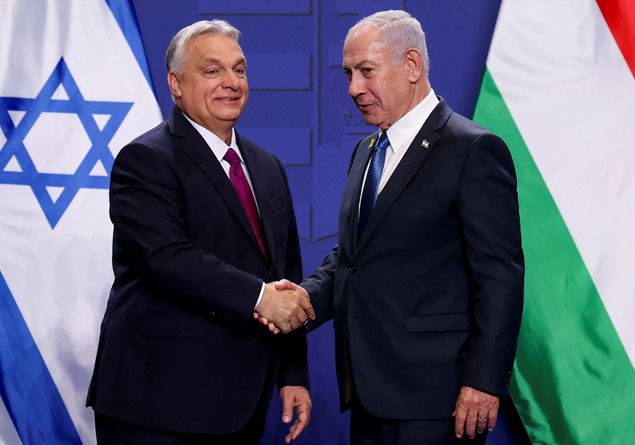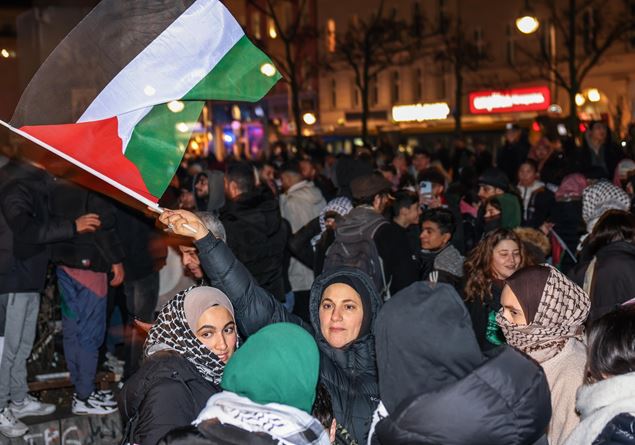After 467 days of war, after over 46,000 Palestinian deaths and 1,700 Israeli deaths, after incessant bombings and devastation, the truce between Israel and Hamas was finally announced. The announcement came on the evening of January 15, first with a triumphalist announcement in all capital letters by American President-elect Donald Trump (who will take office on January 20), then with a press conference by the Prime Minister of Qatar, Mohammed bin Abdul Rahman Al Thanifinally with a statement from American President Joe Biden.
The Qatari prime minister explained that formal approval from both Hamas and the Israeli government is still missing. “We hope that this is the last page of the war and that all parties commit to implementing all the terms of this agreement,” declared Abdul Rahman Al Thani. In any case, the agreement would come into force from Sunday 19 January. And even after the announcement of the truce there were, according to Palestinian sources, at least 27 deaths in Gaza caused by Israeli bombing.
The first phase of the agreement includes a 42-day truceduring which 33 Israeli hostages – including children, all female prisoners, the sick and the elderly – will be freed in exchange for Palestinian prisoners held in Israeli prisons and a drastic increase in deliveries of humanitarian aid to Gaza (there is talk of at least 600 truck per day).
Then the two sides will start negotiating the second phase by the 16th day of the truce. During this period, the remaining hostages, including male soldiers, are expected to be released in exchange for more Palestinian prisoners. If fully implemented, the second phase would also lead to a permanent ceasefire and the complete withdrawal of Israeli troops from Gaza. The final phase would involve the return of all the bodies of the dead hostages and the reconstruction of Gaza, under the supervision of Egypt, Qatar and the United Nations.
News of the agreement was greeted with scenes of jubilation in Gaza and from the families of the Israeli hostages.
Israel believes that 94 hostages are still being held by Hamas as of October 7, 2023. Of these 94, 34 are presumed dead. Additionally, there are four Israelis kidnapped before the war, two of whom died.
The plan largely follows what the Biden administration presented last May, but which the two parties had rejected, accusing it of sabotage. Biden and his collaborators continued to work on that plan, but an acceleration also came thanks to Donald Trump, who had promised to “unleash hell” if the Israeli hostages were not released before his entry into the House White. A message, that of Trump, threatening first of all for Hamas, but also aimed at Netanyahu. In recent days, Trump’s envoy for the Middle East, the Jewish entrepreneur Steve Witkoffhad wanted a meeting with Netanyahu at all costs, forcing him with bad words to violate the Shabbat rest.
Today the New York Times highlights the “remarkable collaboration between President Biden and President-elect Donald J. Trump, who have temporarily put aside their mutual hatred to achieve a common goal. The two presidents instructed their advisors to work together to push Israel and Hamas past the finish line of an agreement to cease fighting.”
The deal is expected to be approved by the Israeli cabinet, perhaps as early as Thursday morning, despite opposition from Netanyahu’s far-right coalition partners. For the most extremist ministers such as Ben Gvir, minister of national security, it is difficult to digest an agreement which still sees Hamas as an interlocutor and which does not lead to the immediate release of all the hostages.
At the beginning of the war Netanyahu promised the total destruction of Hamas, but the goal was certainly not achieved. Hamas is weakened, but not tamed. Significantly, Iran’s Revolutionary Guards hailed the ceasefire in Gaza between Israel and Hamas as a “victory” for the Palestinians and a “defeat” for Israel. There are therefore still many unknowns about the future, but as the UN Secretary General said, Antonio Guterres“the priority now must be to alleviate the tremendous suffering caused by this conflict.”








